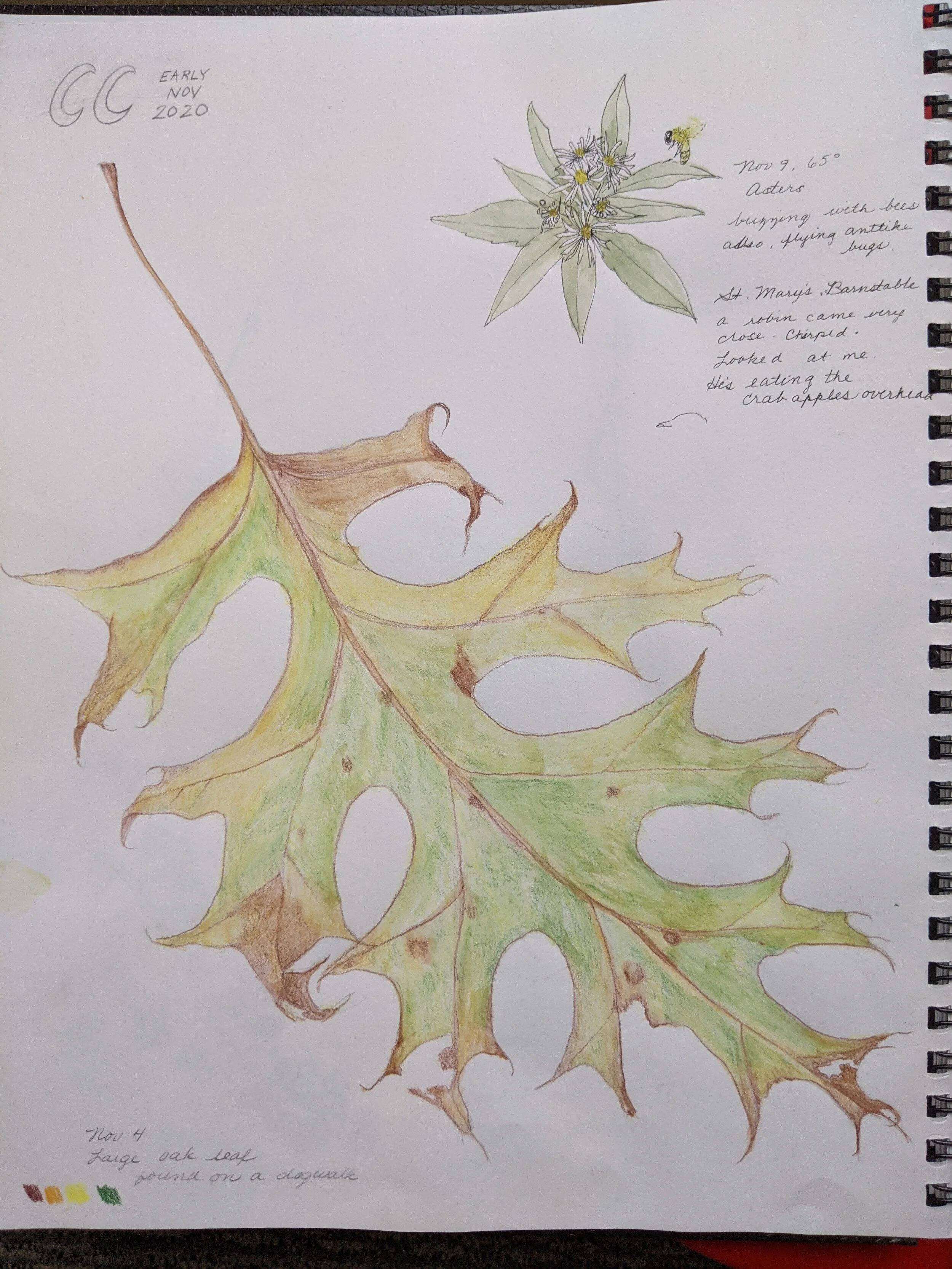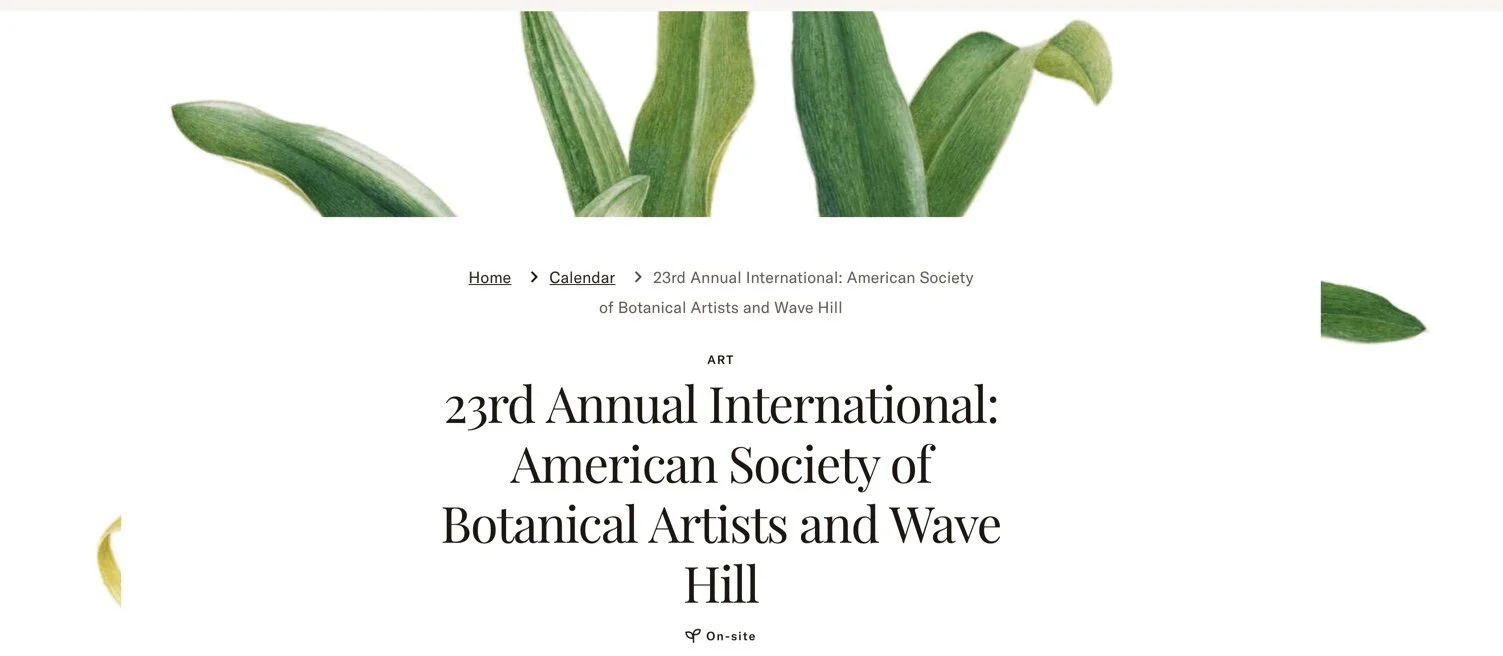Many botanical artists took note of the beautiful United States Department of Agriculture (USDA) catalog of American fruits and nuts when it was published in 2021 by Atelier Editions. The catalog contains selections from the 7,500 watercolor paintings commissioned by USDA’s Division of Pomology from 1886 to 1942. In addition to apples, which comprise over half of the USDA’s watercolor collection, it contains citrus, berries, melons, and drupes, even nuts, and it illuminated the work of many female artists.
Because my final project in the Wellesley Friends Botanical Program is apples, I bought the book immediately. (Continued…)







